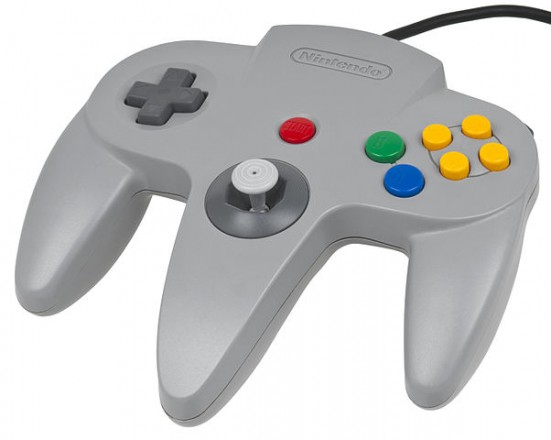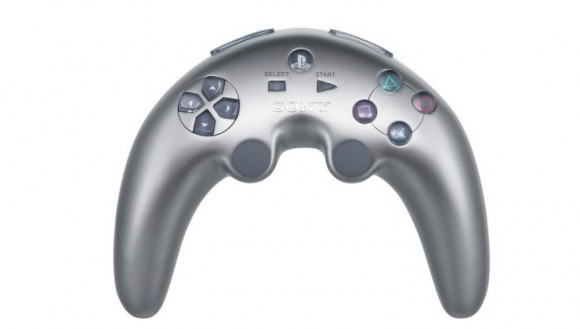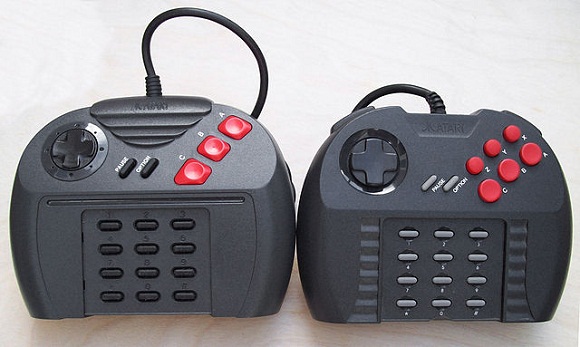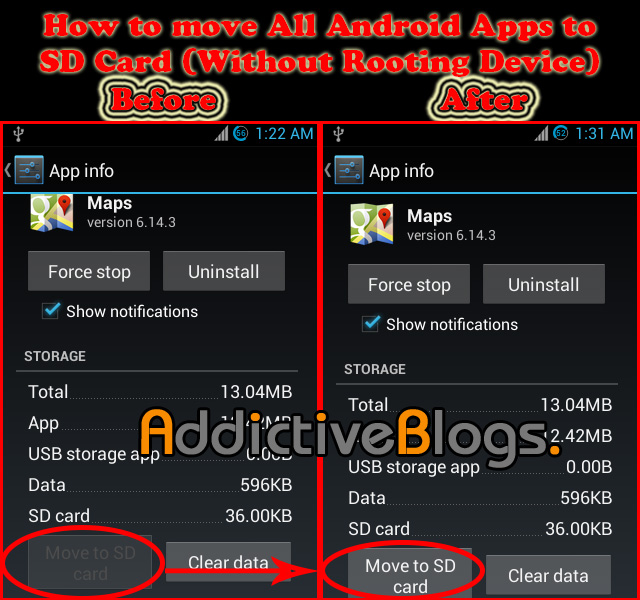A game controller is a device used with games or entertaining systems to provide input to a video game, typically to control an object or character in the game. A controller is usually connected to a game console or computer by means of a wire or cord, although wireless controllers are also widespread. Input devices that have been classified as game controllers include keyboards, mice, game pads, joysticks, etc. Special purpose devices, such as steering wheels for driving games and light guns for shooting games, are also game controllers.
The Nintendo Wii U controller is absolutely unique, but it’s by no means the wildest input device ever made. For as long as people have been gaming, hardware engineers have been trying to reinvent the way they do it, and that has produced a long line of strange experiments. Some of them fell flat. Others weren’t great, but innovated in ways that made a lasting impression. Here are some of the most unusual controllers ever, and why they’ve got a place in gaming history.
Power Glove – NES

You may not like gesture controls, but just be glad they’re enhanced now than they used to be. The Power Glove for the NES was a failure on almost every level. It was bulky, required an even huger set of ultrasonic speakers to be arranged around the TV, and only two games were made for it. If the movie “The Wizard” hadn’t immortalized the Power Glove by treating it like it made a individual unstoppable, it would probably be a forgotten oddity rather than a running gag.
Nintendo 64 Game Controller
The Nintendo 64 controller (pictured at the top) is possibly the most refined experiment on this list. In some ways, it was even ahead of its time, as its analog thumb stick and trigger didn’t become standard controller features for years. The problem was that, in order to use them, players had to uncomfortably grasp the middle and side of the controller, one hand higher than the other. Looking back, it’s clear that this is where Nintendo truly fell in love with making rare controllers.

Wii Zapper – Nintendo Wii
The Wii remote was an unusual controller on its own, but I always felt the Zapper was the more puzzling creation. When Nintendo first showed off the Wii remote, I assumed that the nun chuck port would eventually serve to connect other peripherals. I even scoffed at early third-party gun attachments, which were nothing more than pieces of plastic that pushed buttons on the Wii remote.

The Nintendo version, I thought, would plug directly into the remote so it could properly take over those game inputs. Unfortunately, the Zapper turned out to be, well, nothing more than a piece of plastic that pushed buttons. On top of that disappointment, many reviewers found that they fared better when shooting with the remote and nun chuck only.
Sidewinder Dual Strike – PC
I can’t bring up the Sidewinder line without mentioning Microsoft’s other strange test from that period, the Dual Strike. As with the Strategic Commander, the Dual Strike was an attempt to rethink the usual mouse and keyboard scheme used on the PC, but this time for the FPS genre. The knob that divided the two sides allowed the right section of the controller to pivot around for aiming, while the D-pad handled the ASDW functions of moving and strafing.

Many reviewers found that the Dual Strike actually worked well, even if it took a lot of bending to. If the D-pad hadn’t been so prone to break, it might have gathered more of a following.
PS3 Boomerang

One of the most shameful input devices in console history never even made it to market. When Sony first took the wrappings off of the Playstation 3, it included a shiny, silver boomerang-shaped controller that looked sleek, futuristic, and incredibly awkward. After a healthy amount negative reaction, Sony decided to simply upgrade their DualShock design into the wireless, tilt-enabled Sixaxis (which was later replaced by the DualShock 2). According to a story released years after the fact, Sony went into the PS3 debut fully away that the boomerang wasn’t ergonomically sound, and included it simply for the visual impression it made.
Sidewinder Strategic Commander – PC
Before the Xbox 360 controller became the go-to gaming device on the PC, Microsoft’s Sidewinder gamepad was the gold standard that many games were pre-configured for. The other entries in the Sidewinder family, however, weren’t as universally loved.

The Strategic Commander was designed with RTS games in mind, the idea being that it could replace the keyboard for a player’s left hand. The entire top portion slid around on the base for moving about a map, and twisted for zooming in and out. The buttons under each fingertip could be programmed with long strings of keys for quickly setting up build queues or issuing common commands. Despite some clunkiness to the movement scheme, the Strategic Commander had dedicated fans who felt it was an under-appreciated RTS tool.
Atari Jaguar Game Controller

Aside from being a little clumsy and hard on the eyes, the basic design of the Jaguar controller isn’t too unusual. The D-pad and three buttons all seem pretty standard, as do the two Select/Start button equivalents in the center. In fact if Atari hadn’t stuck a full number pad onto the bottom of the device, this controller wouldn’t stand out at all. To be fair, the Jaguar controller wasn’t the first gamepad to include all those numbers, as they were fairly common on some early consoles. But by the time the Jaguar released as a competitor to the SNES and Sega Genesis, the controller looked clunky and over complicated next to the rest of the field.
NeGcon – Playstation
The first question most people ask when they see the Namco NeGcon is “why?” And indeed, why would anyone want a gamepad that twists in half? The surprising answer is that, at the time, it was one of the best ways to play racing games. The original Playstation controller didn’t have the thumbsticks that are so common today, which meant no analog steering. Making a really precise turn required carefully pulsing the left and right directions on a D-pad, or else buying a racing wheel.

The NeGcon’s unusual design offered a different solution. By twisting the halves of Namco’s controller in opposite directions, players could fine tune the amount of turn they wanted. Meanwhile, the two analog buttons on the face, another unusual feature at the time, allowed for more precise acceleration and braking. As strange as it looks now, the NeGcon was a favorite among fans of the early WipEout games.
via Geek.com
Which Game Controller you Like Most? Comment…..
If you want to be updated with technologies.
Subscribe our Blog Or Like FB Page Or Follow Us on Twitter






